The oil and natural gas industry is one of the largest industries in the global economy as it offers energy, materials, and other petroleum products. This industry’s supply chain is complex and extensive, typically divided into three main segments: upstream, midstream, and downstream. These segments are important to anyone who wants to understand the processes that are taking place in the natural gas industry because each segment is different and plays a crucial role in the delivery of natural gas products to the global market.
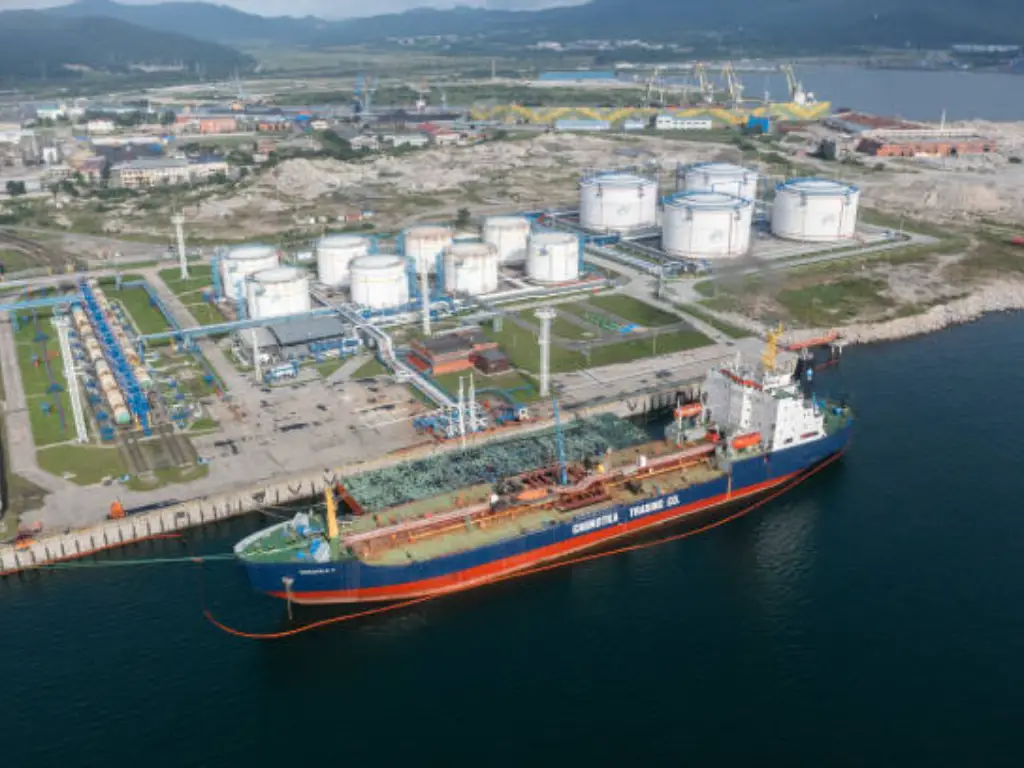
- Вверх по течению:Upstream: The upstream segment is mainly involved with the search for and drilling of crude oil and natural gas. Some of the activities that fall under this category include exploration, drilling, and mining of these resources from subterranean or marine formations.
- Midstream: The midstream segment plays the role of a link between upstream activities which include exploration and downstream activities which include refining. This segment is responsible for the transportation and storage of crude oil and natural gas to ensure that these raw materials reach the refineries and processing plants in the right manner. Some of the activities that occur in this sector include the operation of large pipeline systems, storage depots, and transportation of natural gas resources through tanker ships and rail networks.
- Downstream: The downstream segment is the final step of the supply chain and involves the refining of crude oil and marketing of petroleum products. This involves processing crude oil into various products like petrol, diesel, and oils and selling these products directly to the consumer through outlets.
Brief Comparison of Upstream and Downstream Activities
To have a clearer picture of the key differences between upstream and downstream segments in the oil and gas industry, it is necessary to define each segment. The upstream activities include the search and production of crude oil and natural gases while the midstream activities include the transportation and storage of the resources where there is a need to store crude oil. The downstream segment entails the refining of petroleum products for sale and is the final stage in the supply of gas. It is thus necessary to understand the gas supply chain to ensure that there is no secrecy and hitches in the supply of the commodity and also to ensure that there is no over-expenditure.
| Comparison Dimension | Вверх по течению (Exploration & Production) | Downstream (Refining & Marketing) |
| Определение | Activities related to exploring and extracting crude oil and natural gas. | Processes involved in refining crude oil and distributing refined products like gasoline and diesel. |
| Main Activities | Exploration of petroleum deposits, drilling exploratory wells, oil production, and recovery of petroleum from subsurface reservoirs. | Refining raw crude oil, marketing of oil, and distribution to retail outlets. |
| Economic Impact | High capital expenditure and risk, highly sensitive to crude oil prices. | Influenced by market demand for refined petroleum products, less directly affected by raw oil prices. |
| Technology | Advanced geologic; survey drilling; and oil recovery techniques | Refining technologies;distribution logistics;retail marketing strategies |
| Воздействие на окружающую среду | High environmental risk due to exploration and production activities. | Air pollution and carbon emissions from refining processes. |
Understanding Вверх по течению Oil and Gas Operations
Key Activities in Вверх по течению Операции
The upstream segment of the oil and gas industry is mainly focused on the exploration of natural gas and petroleum assets. This sector involves the exploration, drilling, and production of crude oil and natural gas, which are considered the main activities of this sector.
- Exploration: This entails acquiring rights to minerals and carrying out geological studies to identify gas resources and prospective petroleum resources. Seismic surveys and exploratory wells are some of the scientific techniques that are employed to determine the presence of crude oil or natural gas reservoirs in the subsurface.
- Drilling: After potential reserves are discovered, drilling starts. This can also refer to onshore and offshore drilling operations. Offshore drilling involves the use of equipment and methods to drill through the seabed to extract resources.
- Production Activities: The production of oil and gas follows the exploration and drilling phase of the oil and gas industry. This phase entails the production of natural gas liquids and crude oil and may involve complex techniques to enhance production.
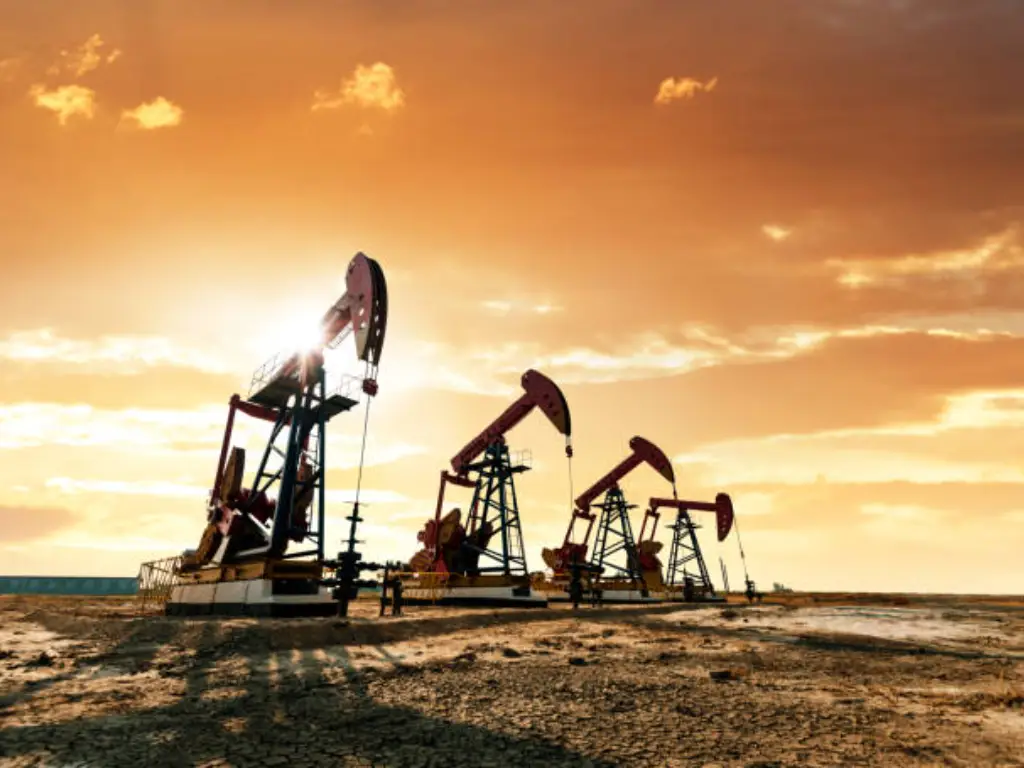
Technologies and Equipment Applied in the Upstream Activities
The upstream segment of the oil and gas industry is highly dependent on technology and equipment to discover, develop, and produce crude oil and natural gas profitably and sustainably. Key technologies used in upstream operations include:
- Seismic Exploration: It employs 3D and 4D imaging to determine the formation of the underground structures and thus identifies the location of the oil and gas reservoirs to minimize the chances of drilling a dry well.
- Directional Drilling: Enables the drilling of wells in different directions and hence, access to hard-to-reach reserves and enhanced recovery factors with less harm to the environment.
- Automated Production Systems: Such as automated rigs and remote monitoring technologies can help in increasing the efficiency of the operations, decreasing the cost of operations, and also help in increasing the safety of the operations.
- Enhanced Oil Recovery (EOR): Methods such as gas injection and chemical flooding enable the recovery of additional oil from the mature fields, thus, prolonging their production.
- Advanced Drilling Equipment: Equipment like modern rigs, mud pumps, and blowout preventers make the extraction processes safe and efficient.
The Economic and Strategic Importance of Upstream Operations
Upstream activities are important in the provision of global energy security since they define the availability of crude oil and natural gas. Fluctuations in production lead to fluctuations in prices and stabilization of markets while instabilities such as geopolitical tensions or technical hitches lead to instabilities.
The distribution of upstream resources also defines the geopolitics of the world. Countries that are endowed with resources such as Saudi Arabia and Russia set the prices of energy and shape the relations between nations. On the other hand, countries that import energy concentrate on establishing local sources or seeking different sources to minimize the geopolitical vulnerability. Some of the important trade routes are still strategic; any disruption in such areas as the Strait of Hormuz can affect the global energy supply and politics.
Deep Dive into Downstream Oil and Gas Operations
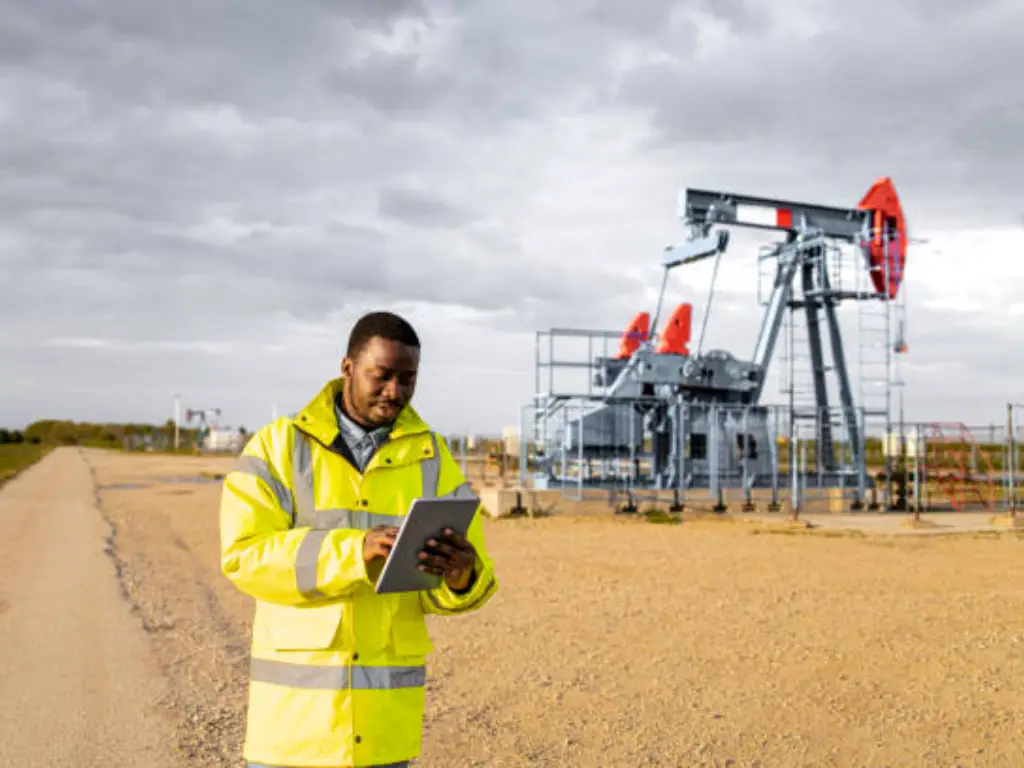
Major Activities in Downstream Business
The downstream segment of the oil and gas industry is the last link in the value chain and deals with the processing, distribution, and sale of the products.
- Refining: Crude oil is refined in petrochemical industries to yield products such as gasoline, diesel oil, jet fuel, and other more obvious products such as lubricants and asphalt. Cracking, distillation, and treatment are some of the processes that are involved in the refining of petroleum products in petrochemical plants. Here, valves are crucial because they regulate the flow and pressure of fluids to prevent hazards during these processes in downstream operations.
- Distribution: After refining, these products are transported through transcontinental tankers, rail tank cars, and tank trucks. Midstream activities are also involved here in the safe and efficient transportation of crude oil and its products.
- Marketing and Retail: The distribution of oil and gas products entails many outlets such as service stations and other bulk buyers who supply energy products to consumers.
New Technologies in Downstream Refining and Distribution
The downstream oil and gas industry is also changing at a fast pace due to the adoption of green technologies, smart logistics, and supply chain management systems. New valve technologies are being adopted in the refining and distribution processes to enhance their performance and minimize the effects on the environment. For example, smart valves that are fitted with sensors and automation systems help in monitoring and controlling the flow rate and pressure in real time, which leads to better energy efficiency and fewer emissions. Also, new technologies like low-emission valves are being employed to reduce emissions of VOCs during the refining process, thus enhancing clean operations.
The downstream sector is also experiencing a shift through smart logistics and supply chain management. Blockchain is being implemented to improve distribution effectiveness and accountability by recording every transaction and movement of the products in the supply chain. This helps to minimize time wastage and increase efficiency and general supply chain flexibility.
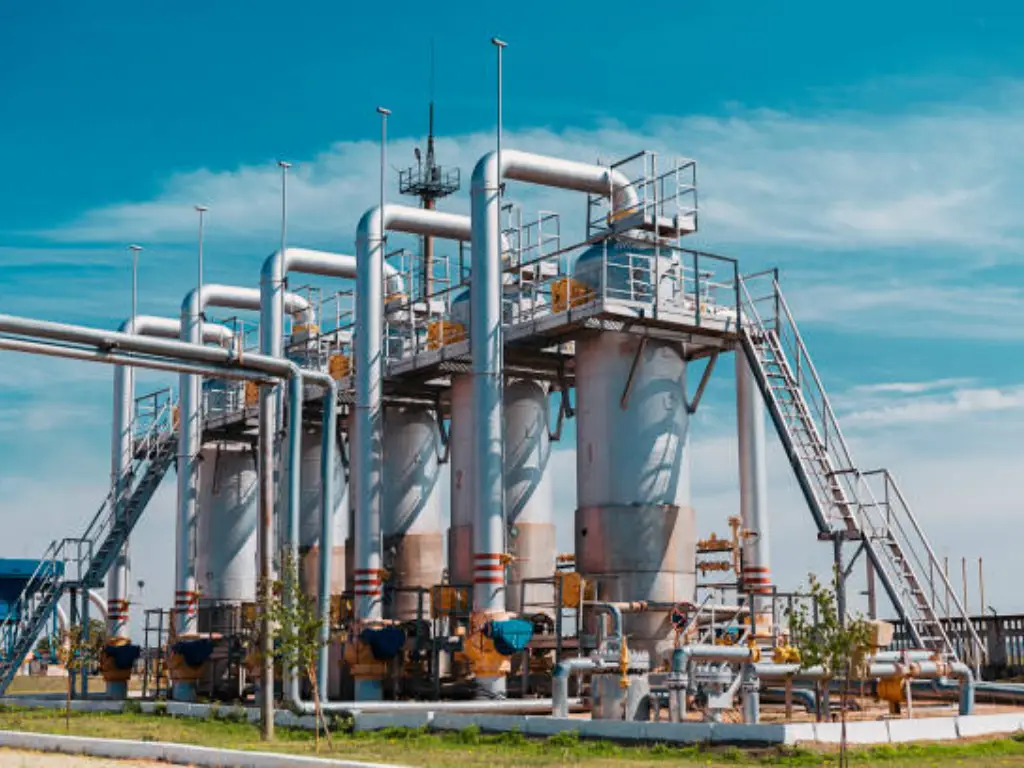
Market Forces and Consumers’ Effects in Downstream
The downstream industry is affected by the changes in the market forces such as oil prices and consumers’ demand. This is because refining margins are directly linked to crude oil prices and any changes in the prices will have a direct impact on the profitability of downstream business. Also, changes in the consumption pattern, including the adoption of EVs and renewable energy, are lowering the consumption of conventional petroleum products. This trend poses a challenge to refiners in the sense that they have to change their ways, for instance, by expanding into other products such as cleaner energy products, or changing their production capacity to match the market needs.
Consumers have a major influence in determining the downstream market trends. With consumers shifting their preference towards environmentally friendly and low-emission products, refineries have no option but to provide environmentally friendly products and adjust their price models to suit the market. This shift does not only affect the kind of products that are in high demand but also the general strategic orientation of firms in the downstream sector, which is towards innovation and flexibility.
Integration of Вверх по течению and Downstream Activities
Integrated oil companies are involved in the oil and gas industry in a full value chain, which involves exploration and production of the oil and gas, transportation and storage of the products, refining of the products, and marketing of the products. These companies can have better control over resources, manage them more effectively, minimize risks in the supply chain, and enhance their competitiveness in the market through this integrated model.
Opportunities and Risks of Integrated Operations
The main benefits of an integrated model are cost savings and improved organizational performance. These companies can also optimize resource allocation internally since they integrate upstream and downstream activities. For instance, crude oil and natural gas that are obtained through upstream activities can be sold directly to their refineries, thus reducing the costs of procurement and dependence on third parties. Furthermore, vertical integration assists in reducing the financial risk due to market fluctuations and attaining better and more stable revenues by supporting different business segments.
However, this model also has its drawbacks. Integrated operations call for elaborate organizational frameworks and significant amounts of capital. Companies must sustain high levels of competence in many industries and adapt to different market conditions and rules. This diversified approach requires high levels of management skills and strategic agility to survive in the face of ever-evolving technologies and volatile markets.
Strategic Practices of Major Integrated Oil Companies
ExxonMobil, Shell, and BP are examples of firms that have adopted integrated strategies to improve their operations and competitiveness. For instance, through technological advancement, ExxonMobil has been able to enhance efficiency in the value chain. Shell has not only expanded its core oil and gas business but also has been investing significantly in new energy solutions, making it a frontrunner in the energy transition. BP, through the change of its business model, has shifted its strategic direction to enhance operational performance and decrease carbon intensity, investing in renewable energy sources for future market shifts. These companies are good examples of how integrated strategies work in practice, and how they adapt to market conditions and technological changes.
Окружающая среда Considerations Across the Oil and Gas Industry
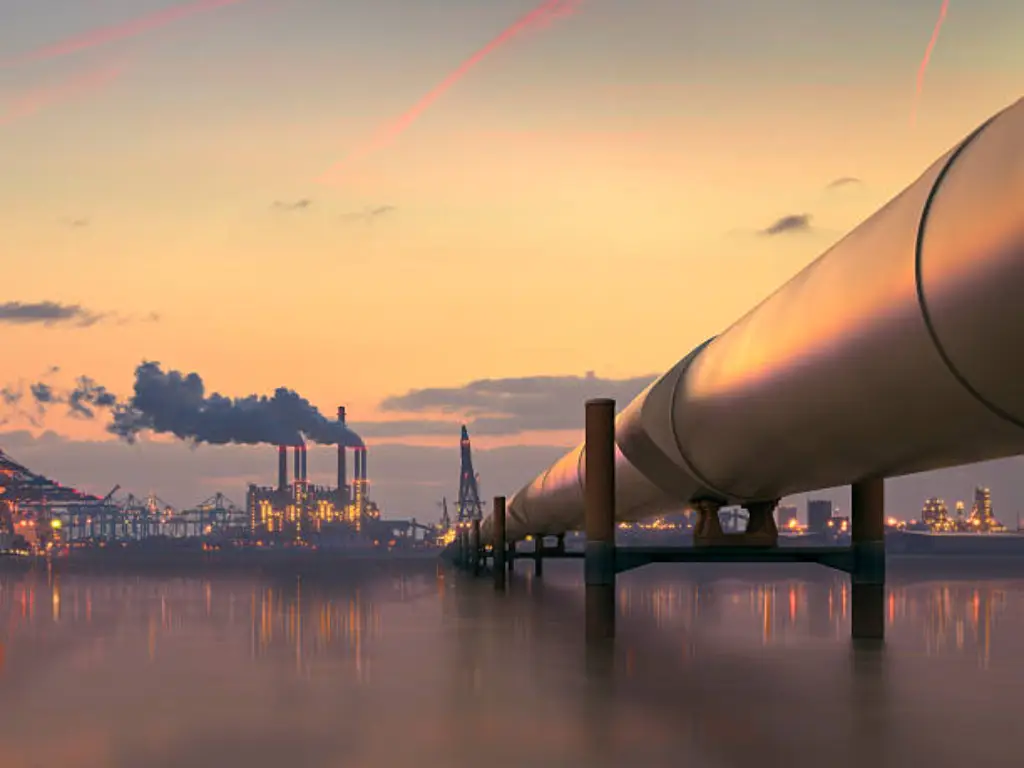
Окружающая среда Impact of Upstream Activities
Exploration and production of oil and gas have numerous effects on the environment. One of the most important challenges is the use of land. Exploration and drilling activities usually require extensive clearing and alteration of land and this results in loss of habitat, loss of vegetation cover, and soil erosion. Such activities may also interfere with the movement patterns of wild animals and their habitats, hence leading to ecological disturbances.
Another important problem is waste management. Drilling and production activities produce large volumes of solid and liquid waste, such as drilling muds, cuttings, and produced water that may contain oil and chemicals. These wastes are hazardous and if not well disposed of, they pollute the soil and water sources which affect the ecosystem and the health of the people in the region.
Furthermore, ecological implications are the possible contamination of groundwater and the marine ecosystem. Hydraulic fracturing and other extraction techniques may contaminate water sources, while offshore drilling poses the danger of oil spills, which are disastrous to marine life and water.
Environmental Management in Downstream Operations
Refining and distribution are also complex in terms of environmental impacts, mainly in the form of air pollution and greenhouse gas emissions. To overcome these challenges, the use of carbon capture and storage (CCS) technologies is becoming more popular among companies. These technologies involve trapping carbon dioxide emissions from refineries and then sequestering them in the ground to minimize their emissions into the atmosphere. Also, there is increased effort in the production of cleaner fuels including low-sulfur diesel and renewable diesel to reduce emissions during combustion.
The application of cleaner technologies and process improvements, including better refining techniques and minimizing VOC emissions, also reduces the environmental impact of downstream operations. These measures not only assist in the mitigation of air pollution and carbon emissions but also assist in the enhancement of energy efficiency, therefore decreasing the use of fossil fuels.
Legal Systems for Environmental Conservation
Governments of various nations have developed strict legal measures and standards to mitigate the effects of the oil and gas sector on the environment. For instance, in the United States, the Clean Air Act and Clean Water Act provide clear guidelines on emission standards and water pollution control, as well as stringent measures for drilling and waste disposal. The European Union has set its goal in the European Climate Law and Industrial Emissions Directive to reduce greenhouse gas emissions and increase the use of clean energy.
Currently, the leading oil-exporting countries in the Middle East, including Saudi Arabia and the UAE, are gradually introducing sustainable development measures, including CCS technology and improving the environmental impact assessment of oil fields. China has also stepped up its environmental conservation measures in the oil and gas industry through legislation such as the Environmental Protection Law and the Air Pollution Prevention and Control Action Plan by promoting the use of environmentally friendly technologies and the production of clean energy.
Technological Advancements and Innovations
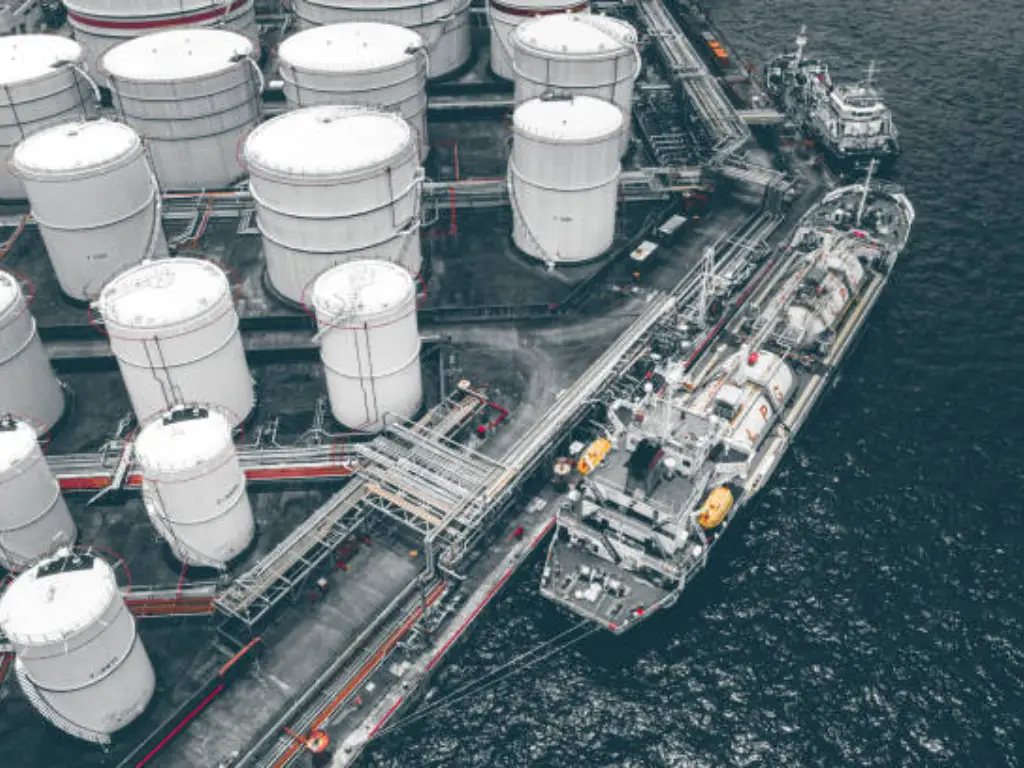
New Technologies in the Upstream Sector of Exploration and Production
The technological changes are revolutionizing upstream exploration and production. AI is being applied in the evaluation of large volumes of seismic data and geological data, which helps to increase the accuracy of determining the location of oil and gas fields and enhance the efficiency of exploration. Automated drilling involves the use of robotics and smart equipment to enable round-the-clock drilling, thus minimizing human interference. At the same time, the application of new materials, including high-pressure and high-temperature resistant alloys and composites, improves the durability and performance of drilling tools in more severe conditions.
New Developments in Downstream Refining and Distribution
In the downstream sector, there are major shifts in refining and distribution which are being propelled by innovations. Optimization systems are applied in real-time during refining and employ data analytics and machine learning to optimize numerous factors to achieve the highest quality of the final product while using the least amount of energy and emitting the least amount of pollutants. Blockchain technology is being implemented in supply chain management to increase the level of transparency and security through the use of records that cannot be altered to ensure that the logistics information is accurate and can be traced back in case of fraud or data manipulation.
Digital Transformation in the Oil and Gas Industry
Digitalization is revolutionizing the oil and gas industry at its very core. IoT devices allow monitoring and controlling the processes in real time, which contributes to the reduction of the time needed for maintenance and, therefore, the costs associated with it. Cloud computing provides the opportunity of flexible data storage and processing which helps to improve the speed of decision making and adaptability of companies when working with large amounts of data. Big data helps the companies in the exploration and production of the resources and in the prediction of the market trends and consumer behavior which in turn helps the companies to work efficiently and cut down the expenses.
The Future of the Oil and Gas Industry
With the increasing focus on renewable energy sources, traditional oil and gas companies are in a rather vulnerable position, but at the same time, they have some opportunities. Due to the growing focus on cutting down carbon emissions and encouraging the use of clean energy, these companies are forced to evolve and innovate to stay relevant in a constantly evolving market. As a result, they have to reconsider their roles and search for new ways of development in this context.
Integrating Traditional and Возобновляемые источники энергии: A Hybrid Strategy
Due to the increasing popularity of renewable energy sources, most of the conventional oil and gas companies are now diversifying their energy portfolios by integrating fossil fuels with renewable energy sources. It is not only about achieving a balanced business portfolio today but also about preparing for the low-carbon markets of tomorrow. Through increased investment in wind, solar, and hydrogen energy, these companies are gradually moving away from fossil energy even as they address ever-tightening environmental standards and changing market dynamics. Some have already started investing in renewable energy projects across the globe, shifting from being traditional energy companies that rely on fossil fuels.
Diversification and New Business Models
In their transformation, oil and gas companies are redesigning their business models and looking for new collaborations. In response to the emergence of new energy sectors, they are partnering with clean technology companies, electric vehicle makers, and other energy players to foster innovation and market penetration. These partnerships not only assist them in penetrating new markets but also introduce them to new technologies and growth prospects. For instance, partnering with technology firms to create smart grids, energy storage systems, and green hydrogen projects gives traditional oil and gas companies a significant competitive advantage in the energy transition.
They are also seeking new sources of revenue, including creating renewable energy investment funds, issuing green bonds, and engaging in carbon markets. These initiatives help them to secure the necessary financial resources and improve their positions in the green finance market, attracting more investors who are interested in the development of a low-carbon economy.
Conclusion: Integrating Insights Across the Oil and Gas Value Chain
With the increase in the use of renewable energy sources in the global energy market, conventional oil and gas companies need to incorporate technology and come up with new strategies. The performance of these companies will therefore depend on how they can balance upstream optimization with downstream sustainability. Through the understanding of the exploration, production, refining, and distribution processes, stakeholders in the industry can make the right changes and make the oil and gas industry sustainable in a future world that will be dominated by low carbon.
Optimize Your Flow with Dombor Valve Solutions
The oil and gas industry is fast-paced, and in this industry, the valve is a vital component for all segments, including upstream, midstream, and downstream. DomBor Valve provides a comprehensive line of premium quality valves for exploration, production, transportation, and refining needs. DomBor has been in the industry for more than two decades and has adopted advanced technology and innovation in all its applications to guarantee safety and efficiency while embracing sustainability. Whether you require heavy-duty valves for drilling or precise control in refining, DomBor is your supplier of choice. Check out our entire portfolio of products and order free samples now!









